The League of American Bicyclists awarded the City of Columbia, SC, a bronze rating several years ago. In doing so, the League identified several areas the city needed to improve to make it safer for bicyclists.
In the intervening years, Columbia has taken measures to increase accessibility for bicyclists, so much so that riders today should be aware of what these efforts have entailed.
Bicycle Crash Statistics For South Carolina
The South Carolina Department of Public Safety (DPS) found that in 2021, a bicyclist was killed in a traffic crash in the state approximately every 16 days. The total number of bicyclists killed in 2021 rose from 16 in 2020 to 23 in 2021. An additional 44 severe injury crashes involving bikes occurred. There were also 339 wrecks that did not lead to serious injuries.
The available numbers reflect statewide totals, not ones specific to Richland County or Columbia. Nonetheless, they do illustrate the reality that bicycle accidents can happen anywhere in the state.
A number of bicycle accidents occur along Columbia’s streets, with Bluff Road and Broad River Road having the highest numbers within the city. Others include:
- Beltline Boulevard
- Trenholm Road
- Hampton Street
- Gervais Street
An analysis conducted by the city shows that the majority of bike accidents in Columbia happen on roads without bike lanes or other specific bike infrastructure.
Laws Columbia Bicyclists Must Follow
Bicyclists in Columbia have a significant role to play in their own safety. By following the bicycle laws, they can make it easier for motorists to spot them and anticipate their moves. This dynamic can reduce the likelihood of an injury or fatal collision between a car or truck and the bicyclist.
Motorists and bicyclists who fail to abide by right-of-way laws, bicyclists who ride on the wrong side of the roadway, and bicyclists who do not follow traffic signs and signals are all identified as common factors that contribute to bicycle accidents in Columbia.
Seven key bicycling laws that bicyclists should keep in mind include:
Ride On The Right With Traffic
A bicyclist must ride with traffic and not against it. You are to ride your bike in the far-right lane of travel unless there is a designated bike path available. Your direction of travel should be the same as the vehicle traffic that immediately surrounds you.
Allow Safe Distance Between Bicyclists And Other Traffic
Drivers of cars and trucks must give bicyclists at least three feet of space while traveling with them on the road. This is designed to give bicyclists a buffer space as other, faster-moving traffic moves alongside them.
Bicyclists should also respect this buffer zone and not ride too closely to motor vehicle traffic.
Follow All Traffic Laws
A bicycle is treated the same as any other vehicle on the road in many ways, including obeying traffic laws. A bicycle rider must follow all traffic laws, including obeying signs and signals and following right-of-way rules.
Use Safety Equipment At Night
If you decide to ride your bicycle at night, it should have a white light at the front that is visible for at least 500 feet and a red light at its rear that is visible for 50 feet. This helps other vehicles on the road see you and your bicycle.
Avoid Riding Side-By-Side
The law permits bicyclists to ride no more than two abreast in a single lane of travel. They should only do this if there is sufficient space to do so safely.
Use A Bike Lane
If a bicycle-only lane is present on the road, you must use it as much as it is practical to do so. You are permitted to leave the bike lane if you are passing another bicyclist or attempting to navigate around an obstacle.
Helmet Use Is Encouraged, Not Mandatory
Finally, bicyclists in Columbia need not wear a safety helmet to legally ride their bikes. However, wearing a helmet is strongly encouraged for all riders. Doing so can significantly reduce the likelihood that a rider will sustain a head injury.
Key Features Of Columbia’s Bicycle Infrastructure
The Walk Bike Columbia Pedestrian & Bicycle Master Plan highlights existing and planned infrastructure projects designed to make bicycling more attractive and accessible. These features include:
Bicycle Parking
The city plans to create ample short-term and long-term bicycle parking options near major shopping centers and commercial districts.
Enhanced Bicycle Lanes
Some streets in Columbia already feature bike lanes designated for use by bicyclists alone. However, the nature of these roads makes some bicyclists uncomfortable. The city intends to improve these bicycle lanes by adding buffer zones or making the bike lanes more visible.
Other anticipated improvements to bike lanes include moving bike lanes at least five feet from any road-adjacent vehicle parking area. This will reduce the likelihood that a motorist will unintentionally open their door into the path of an oncoming bicyclist.
High Visibility Road Markings And Signs
Using highly visible paint to make crosswalks and bike lanes more visible can help motorists spot these vulnerable road users more easily. Such paint would be accompanied by highly visible signs.
Connectivity To Recreation
Fort Jackson and the Palmetto Trail system are two popular destinations for bicyclists in Columbia who want to unwind by riding. The city plans to make it easier and safer for cyclists to access these and other similar areas.
The Future Of Bicycling In Columbia
Like many other cities, Columbia seeks to promote bicycling for travel and recreation and is taking concrete steps to do so.
The Walk Bike Columbia Pedestrian & Bicycle Master Plan identifies several key types of infrastructure that can be added to enhance bicyclist safety and accessibility. The plan also highlights existing infrastructure, such as bike lanes, that can be further improved.
A solid infrastructure, combined with awareness and adherence to bicycling laws, can help Columbia achieve its goals of becoming an even friendlier, bike-friendly city.

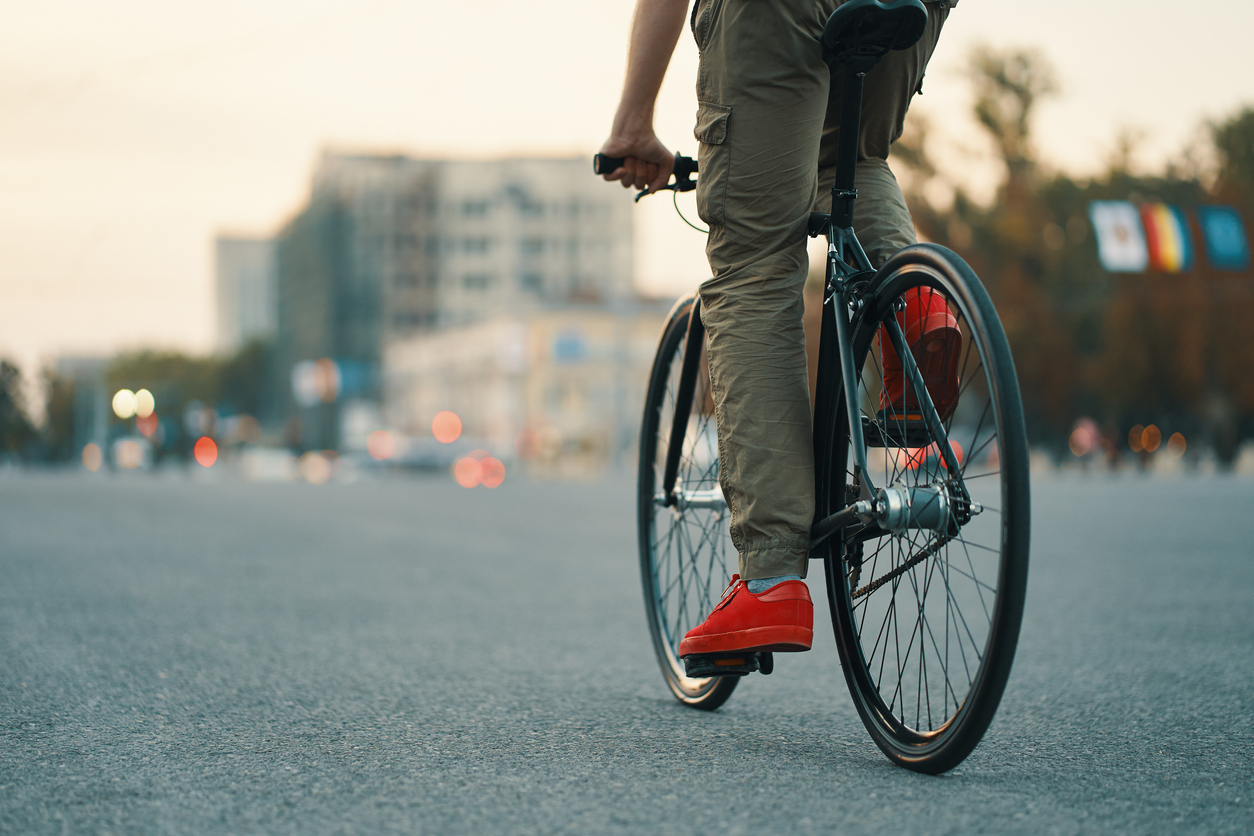
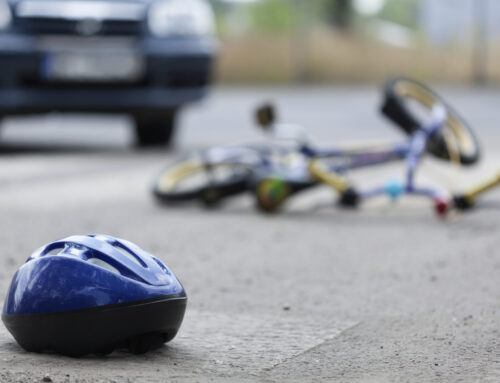





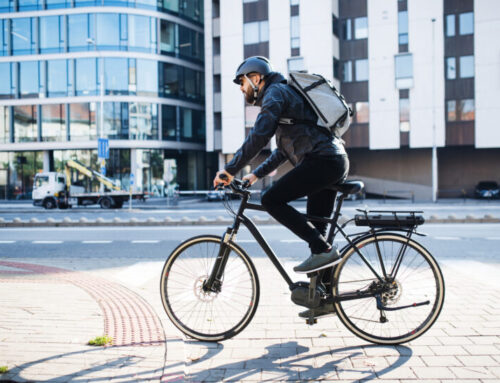







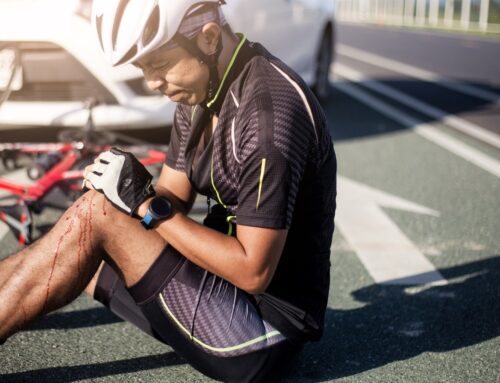








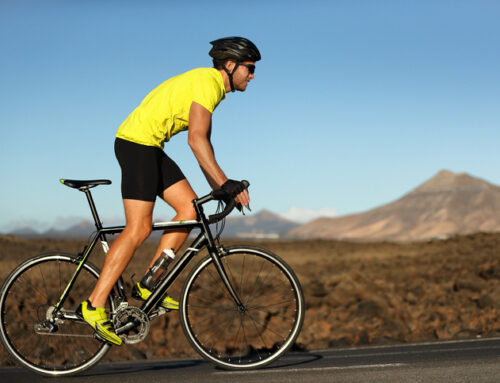
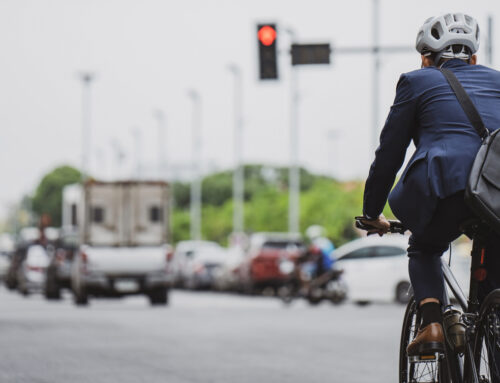
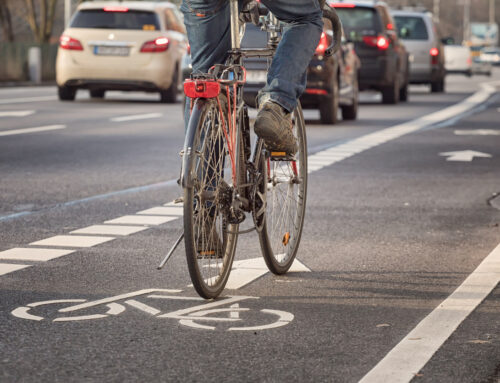
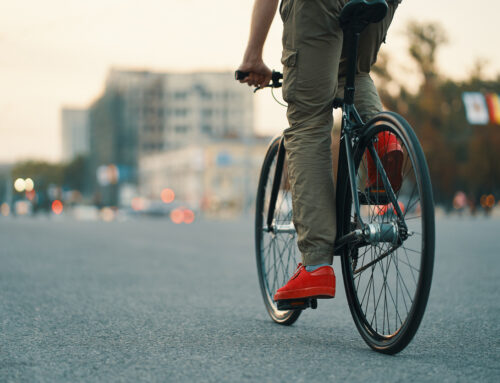

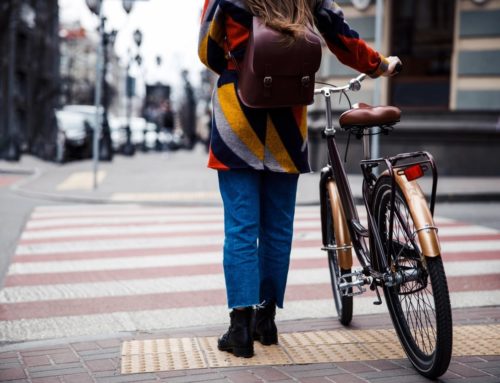




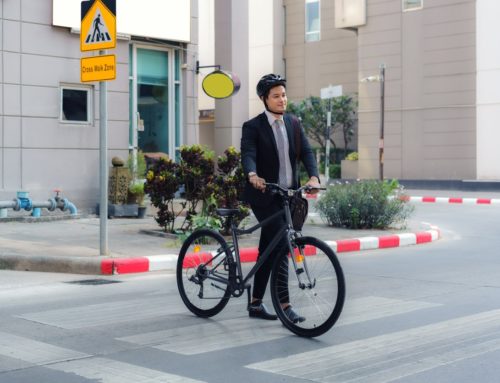


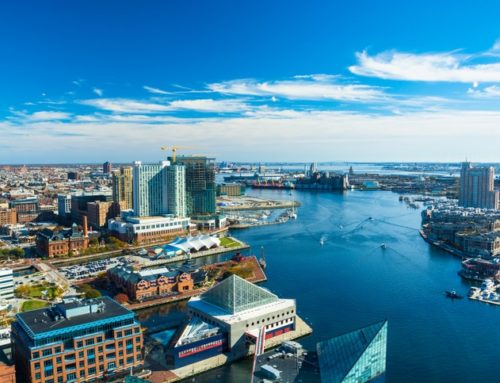



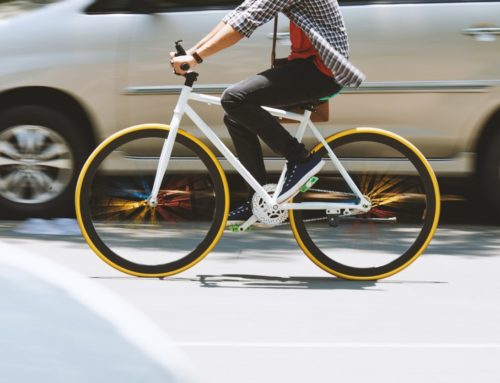
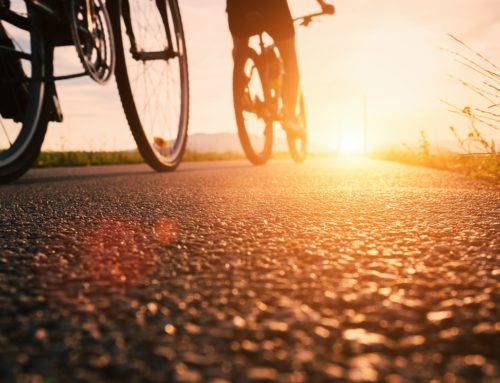



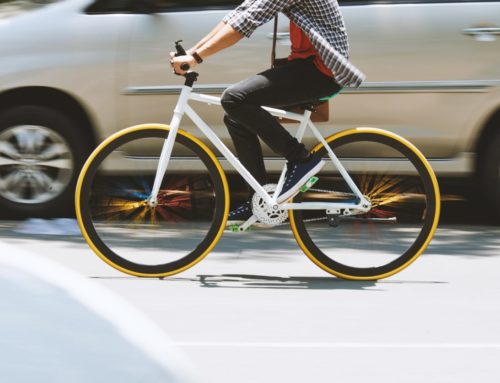
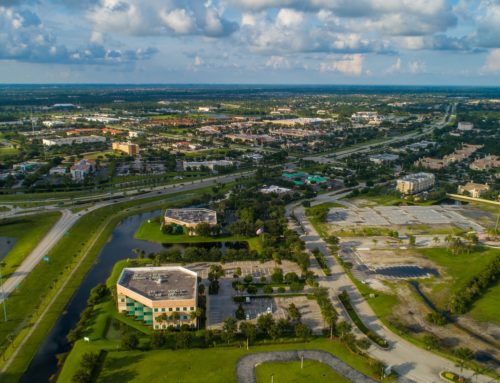



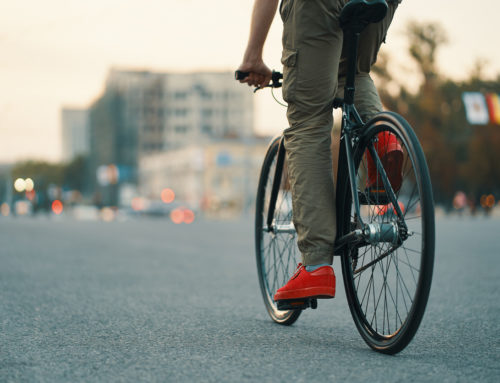


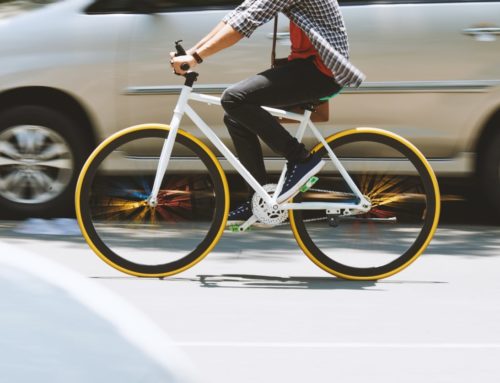
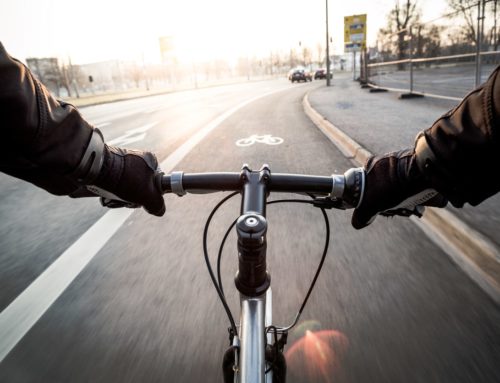
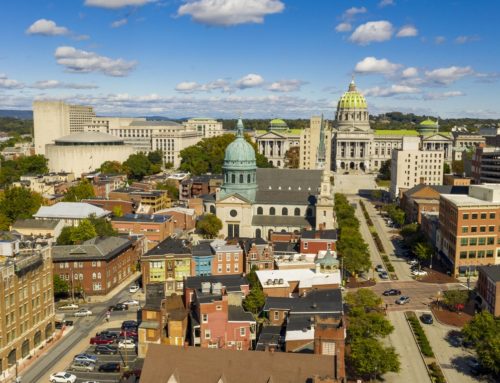
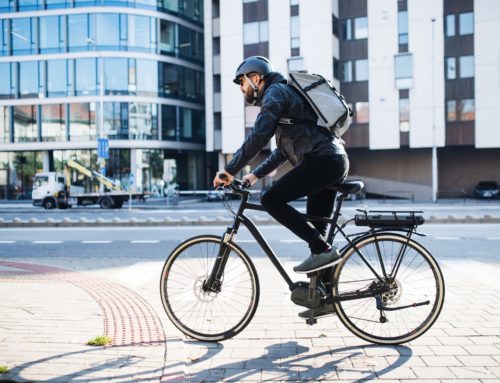


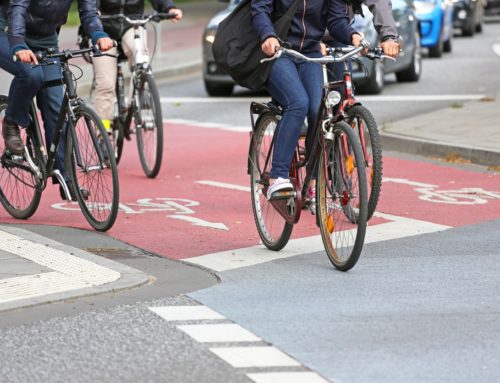
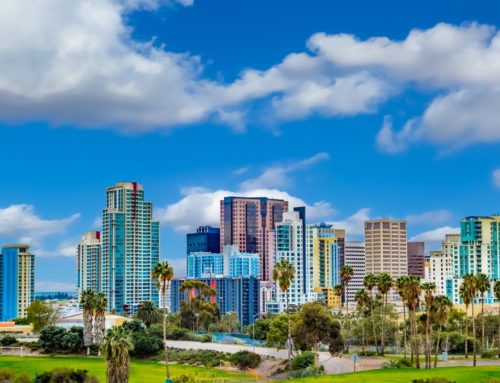

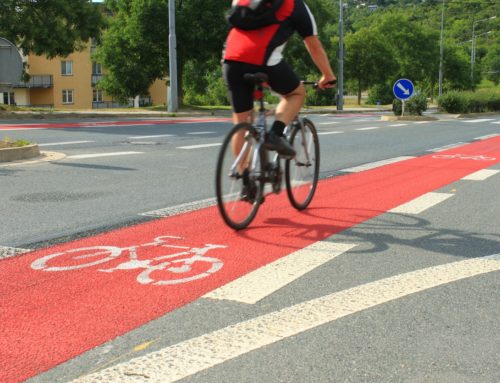
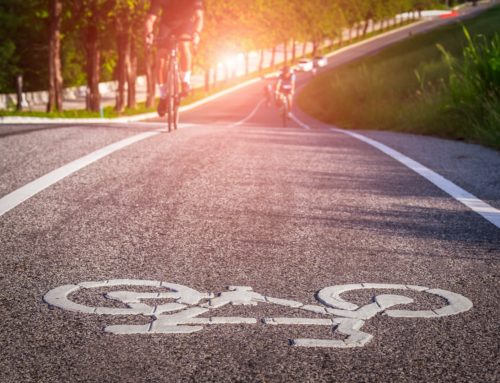












Leave A Comment